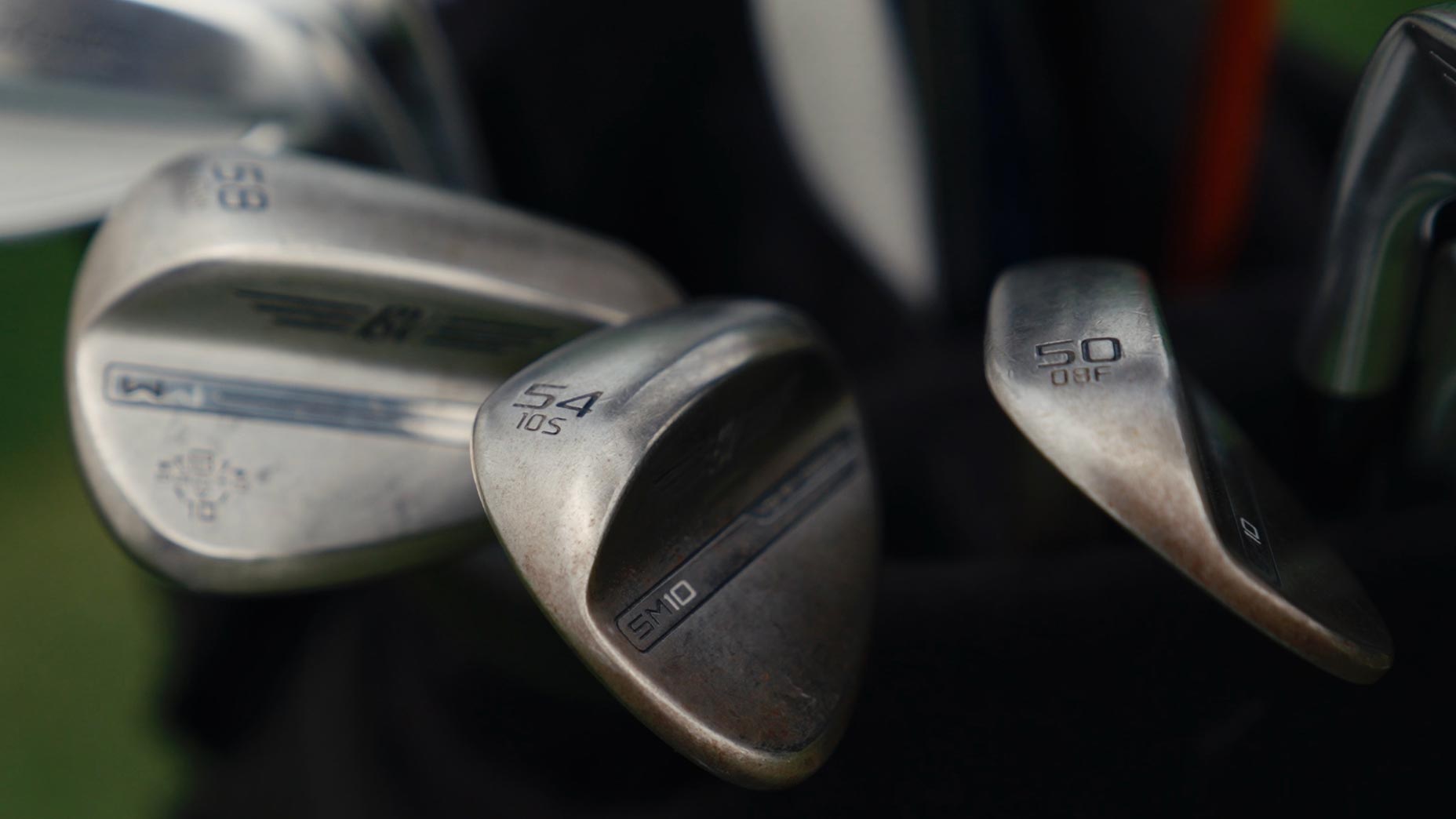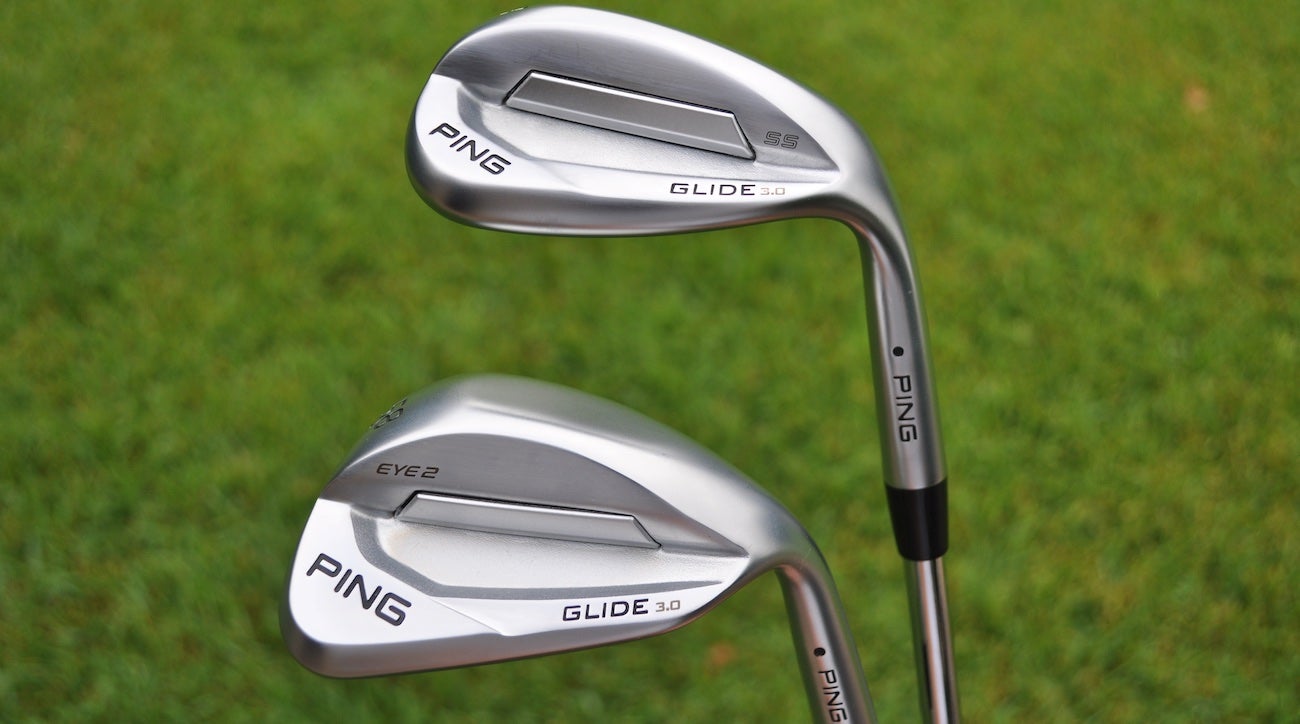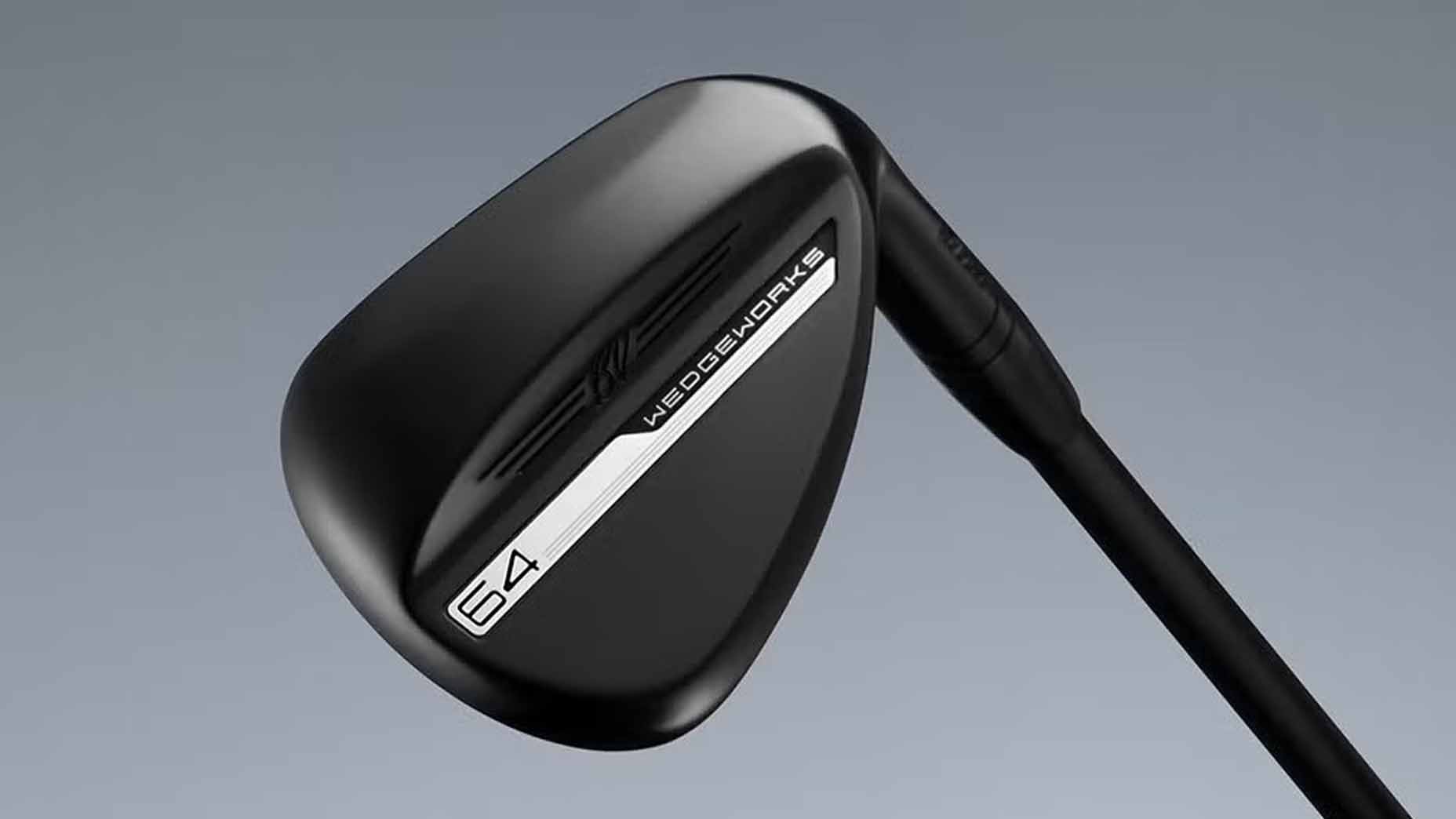 The wedges used by the top PGA Tour pros in SG: Around-the-Green in 2025
The wedges used by the top PGA Tour pros in SG: Around-the-Green in 2025
FIRST LOOK: Ping adds more feel, Eye2 profile to Glide 3.0 wedge line

There’s nothing subtle about the changes Ping’s third-generation Glide 3.0 wedge underwent during the creation process. Instead of refining the profile and making minor tweaks to the technology, Ping engineers opted to completely overhaul the wedge, re-designing every component through a “grip-to-grind approach.”
The 431 stainless steel head is highlighted by a larger elastomer Custom Tuning Port (CTP) insert and patented cavity design that expands the perimeter weighting to increase the Moment of Inertia (MOI) — a measure of forgiveness — while improving overall feel at the same time. The center of gravity is positioned higher in the head to produce lower-launching, high-spinning shots for more control.
“At address, it provides the clean look of a tour-style wedge,” said Ping president John K. Solheim. “We’ve added some offset based on tour player feedback to provide a more captured look. At the same time, we’ve increased the perimeter weighting and improved the feel with the softer insert material to ensure golfers have the forgiveness they need to play with confidence on approach shots.”
The wheel-cut groove milling process, first introduced with Glide 2.0, produced a sharper edge radius for the lower- and higher-lofted wedges. Going sharper increases the groove interaction with the golf ball cover at impact, which in turns generates more friction for spin and trajectory control.

In the lower-lofted wedges (46, 50 and 52 degrees), the sidewall is milled at 20 degrees with an edge radius of .005 inches for full-shot performance. The higher-lofted versions (54, 56, 58 and 60 degrees) have a sidewall that’s 28 degrees and edge radius of .004 inches to generate added spin, especially on greenside shots.
Along with sharpening the edge radius, engineers tightened the space between the precision-milled grooves to fit an extra “half groove” at the bottom to increase spin around the green.
Four sole grinds will be available with Glide 3.0, including an Eye2 grind (54-10, 56-10, 58-08 and 60-08 degrees) designed after Karsten Solheim’s popular high toe design. The Eye2 sand wedge matches the original sole, face profile and narrow hosel transition that made it one of the most successful wedges in the history of the industry.
Glide 3.0 will also be offered in an all-purpose, mid-bounce Standard Sole grind (46-12, 50-12, 52-12, 54-12, 56-12, 58-10 and 60-10 degrees) with heel and trail edge relief to create versatility on touch shots. The Wide Sole grind (54-14, 56-14, 58-14 and 60-14 degrees) is a full-sole design for players with a steep angle of attack. The reduced camber and added width prevent the sole from skipping into the ball.
ADVERTISEMENT

Only offered in the lob wedge, the Thin Sole grind (58-06 and 60-06 degrees) is a Ping WRX-inspired design based on the Tour-proven half-moon grind. The heel relief allows shots to be executed with an open face to short-sided pins or from firm lies without worrying about the lead edge sitting too high.
While the change won’t be noticed until the club is picked up, engineers also reduced the overall weight by 15 grams — six grams for the grip, five grams for the shaft and four grams for the head — for the entire club. (The average swing weight is D2-D4 depending on loft.)
“The lighter overall weight allows the Glide 3.0 to better blend into a golfer’s full set and help them swing the club easier,” said Solheim. “We’ve also reduced the head weight by approximately four grams while maintaining our traditional wedge swing weights to ensure golfers still benefit from the clubhead feel they need to play with control and precision.”
The Ping Z-Z115 wedge shaft is made by Nippon with a lower balance point closer to the tip and works in conjunction with the higher CG location in the head to lower launch with more control. The 360 Dyla-wedge Lite grip is 3/4-inch longer than a traditional grip and employs a reduced taper design to encourage golfers to choke down for shot versatility.
Ping’s Glide 3.0 comes in a Hydropearl 2.0 finish and retails for $160 (steel) and $180 (graphite).
To receive GOLF’s all-new newsletters, subscribe for free here.
ADVERTISEMENT





